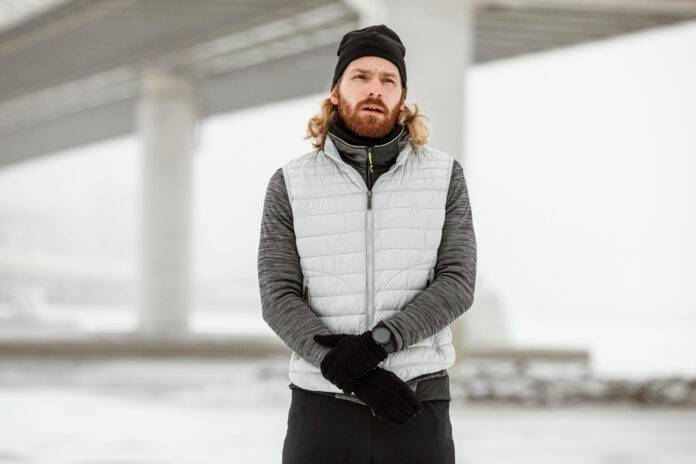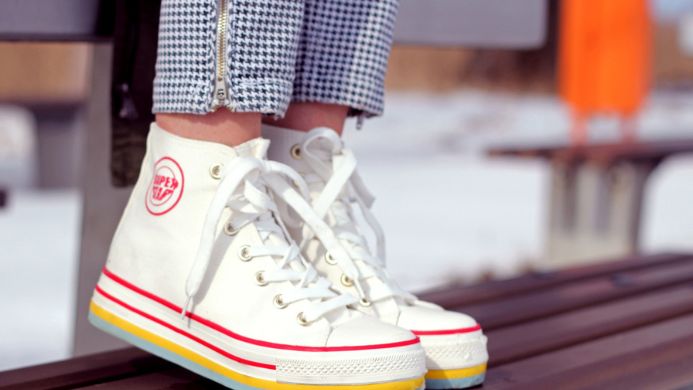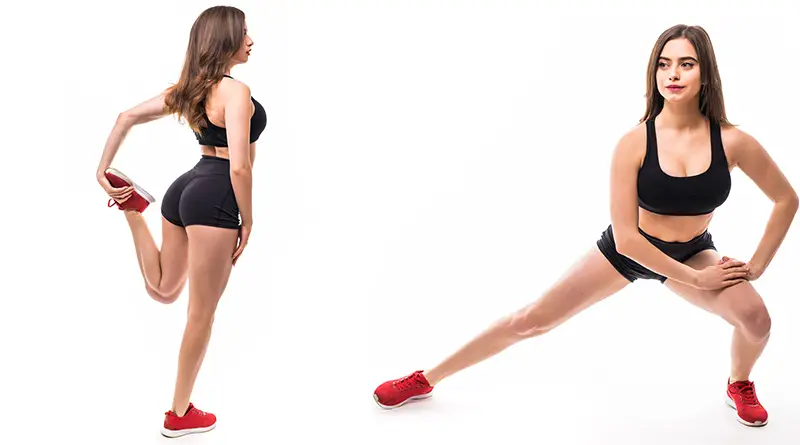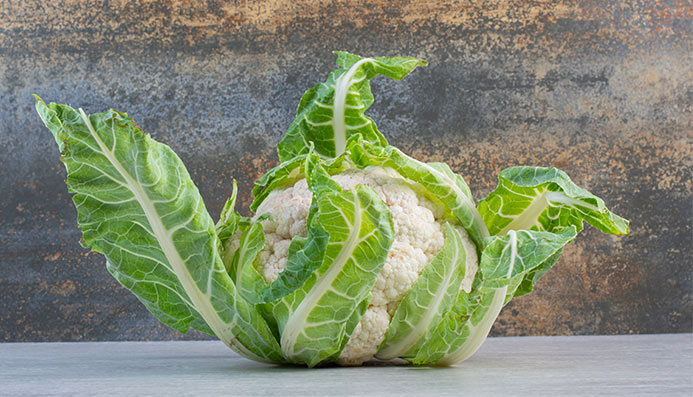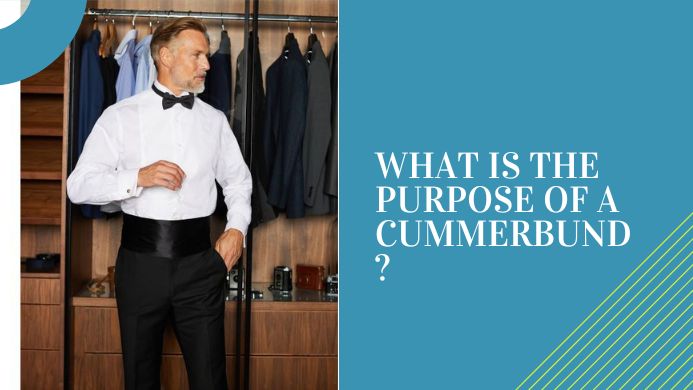Do vest keep you warm?
Absolutely, vests made of downfill can provide sufficient insulation and warmth during winter to keep your body warm. Vests usually provide warmth to the core of the body which is the chest and back.
However, the vest does not provide super warmth during harsh cold weather. For that, a full-sleeve jacket is always beneficial. You can wear a vest as a down layer with a full-sleeve jacket if you want more warmth.
Providing warmth to your core is the most important way to keep the blood circulation going during cold.
The sleeveless vest allows the wearer to keep their hand free and gives the freedom to do any work.
Furthermore, you should know that vests are made with different materials like down, synthetic material, wool, cotton, fleece, etc. Each material is different and the ability to provide warmth also varies from material to material.
When you are buying vests for warmth, the best option would be vests made of down, synthetic, and wool. These materials are the best insulating materials used in winter jackets. The vest that has a down fill provides the most warmth.
Vests made of wool like cashmere and merino can also provide good warmth if warn as a layer underneath a jacket.
What types of vests provide more warmth?
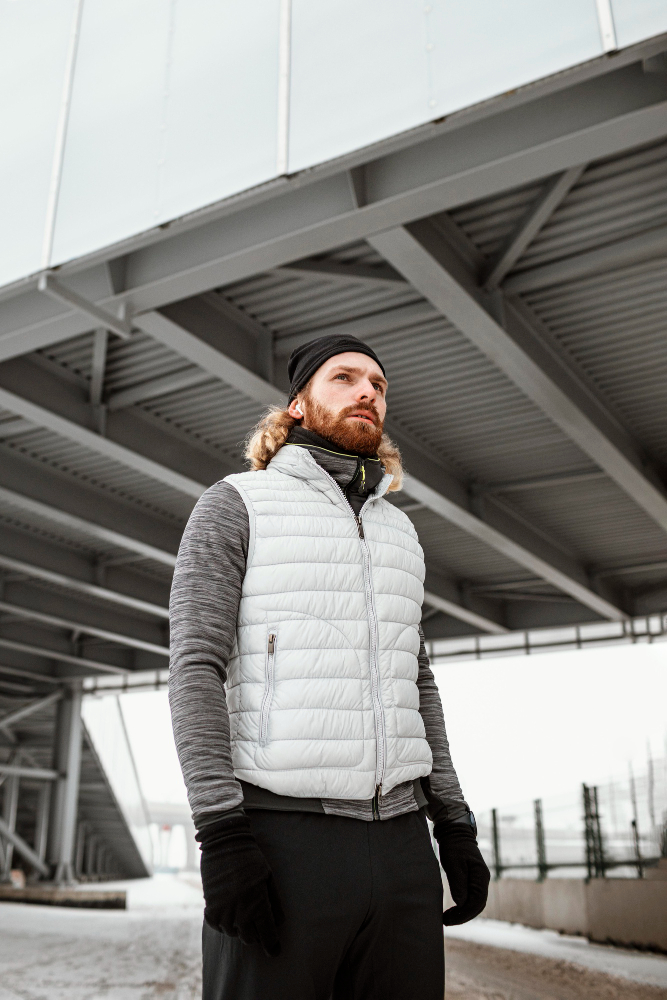
As I already discussed, the vest that provides down-fill vests and synthetic vests are best in providing warmth. The reason behind that is it traps air, and makes the air insulate with the help of body heat.
Both down and synthetic fill vests keep you warm because they trap air, which acts as an insulator. Here’s a closer look at how each one achieves this:
There are different types of Down Vests so let’s discuss –
Super Fluffy Fill:
The super fluffy fill Down vest comes from the soft under plumage of ducks and geese. These clusters of feathers have a bunch of tiny filaments that trap air exceptionally well.
High Loft:
Another down fill is a high loft. In this, the trapped air creates “loft,” which is the puffiness of the fill.
The higher the quantity of loft, the more air it can trap, and the warmer the vest will be.
Lightweight:
These vests are very common in branded stores. The expensive the jacket the more lightweight it becomes.
The main reason behind that lightweight is that Down is incredibly light, making down vests ideal for packing and travel.
Synthetic Fill Vests:
The Synthetic insulation used in vests is man-made fibers that follow the structure of down fill. These fibers also trap air to create warmth. So, the process is the same as in down fill.
However, Unlike down, which loses its insulating power when it gets wet, synthetic fill retains most of its insulating properties even when the vest is wet in rain.
This simply means synthetic fill vests retain water and good option if you live in snowy or rainy weather.
Moreover, Synthetic fill vests are generally easier to care for and can be washed and dried at home, while down vests require special cleaning methods.
Related:Men winter jackets
What temperature to wear a puffer vest
The best temperature to wear a vest depends on the person. For warmth, you can wear a vest as the second layer in winter and on top of that you can wear a full sleeve jacket. So, the most important is how you want to use a vest.
But if you want to know the ideal temperature to wear a vest then it is 4 to 15 degrees Celsius.
In this range, you can wear a puffer vest or vest made of down fill to get some warmth without making yourself too hot and restricting your movement.
You can also wear a vest during fall as it can provide warmth and at the same time doesn’t feel heavy on you. You can also do work easily when you wear a vest.
Fleece vests, and wool vests, are much better choices for the fall season as they are thinner and don’t make you sweat when you do your daily activities.
Related: How should a Puffer Jacket Fit?
Different Types of Vests
A vest is basically a sleeveless jacket that is available in different types. Every type of vest serves a different purpose. So, let’s discuss the different types of vests available.
Formal vest –
This type of vest is basically a type of sleeves and stylish vest that needs to be worn under a suit or over a dress shirt. These types of vests are generally made of wool or cotton blend.
If we talk about their warmth then they provide very little warmth as they are not meant to be worn for warmth but as a layer under a suit jacket.
Casual vest-
There are different types of casual vests available in the market like denim vests, puffer vests, sweater vests, etc.
Not all causal vests are made for warmth. But when we talk about puffer vests and sweater vests, then they are mainly made to provide warmth to the upper body during winter.
Some denim vests also provide warmth but they are not as warm as puffer vests.
Life vest- As the name suggests, these types of vest are made to protect the body from any damage. These types of vests are a bulletproof vest and life vest. This type of vest’s sole purpose is to protect the body and is only meant for that purpose only.
Related: Is polyester warmer than cotton?
What are the disadvantages of wearing a vest?
While vests can provide you some warmth during winter, there are some disadvantage of wearing vests as well.
Not fully covered – Because vests come as sleeveless, so they don’t cover your whole upper body. This will make your arms and hands cold. It is good if you want a vest while doing some work, but after that, you might feel cold because your arms are not covered.
Less storage – This might not be a big disadvantage but you indeed get very little storage in vests except for some fancy vests with multiple frayed pockets.
Hard to style- vests can be a good insulating layer in winter. But from a fashion perspective, vests are not that easy to style. You can not wear them with maximum outfits. On top of that, vests are very hard to layer as they are made to be thick and fluffy.
Moreover, there are slight chance that a vest might not fit your body shape because they are fluffy and makes you look bigger than you normally are.
Conclusion
So to sum it up, yes vests can provide warmth depending on the type of vest and the material used to make a vest.
Vests are of different types but the material used is most important when it comes to warmth.
The best material used in vests for warmth is downfill. Down fill feels softer and easy to wear. The second is synthetic fill.
Synthetic fill vests are also a very good pick for warmth in winter as their insulation power is strong. Synthetic fill is often used in hiking v
Vests to provide extra warmth. The best thing about this type of vest is that it retains water.

